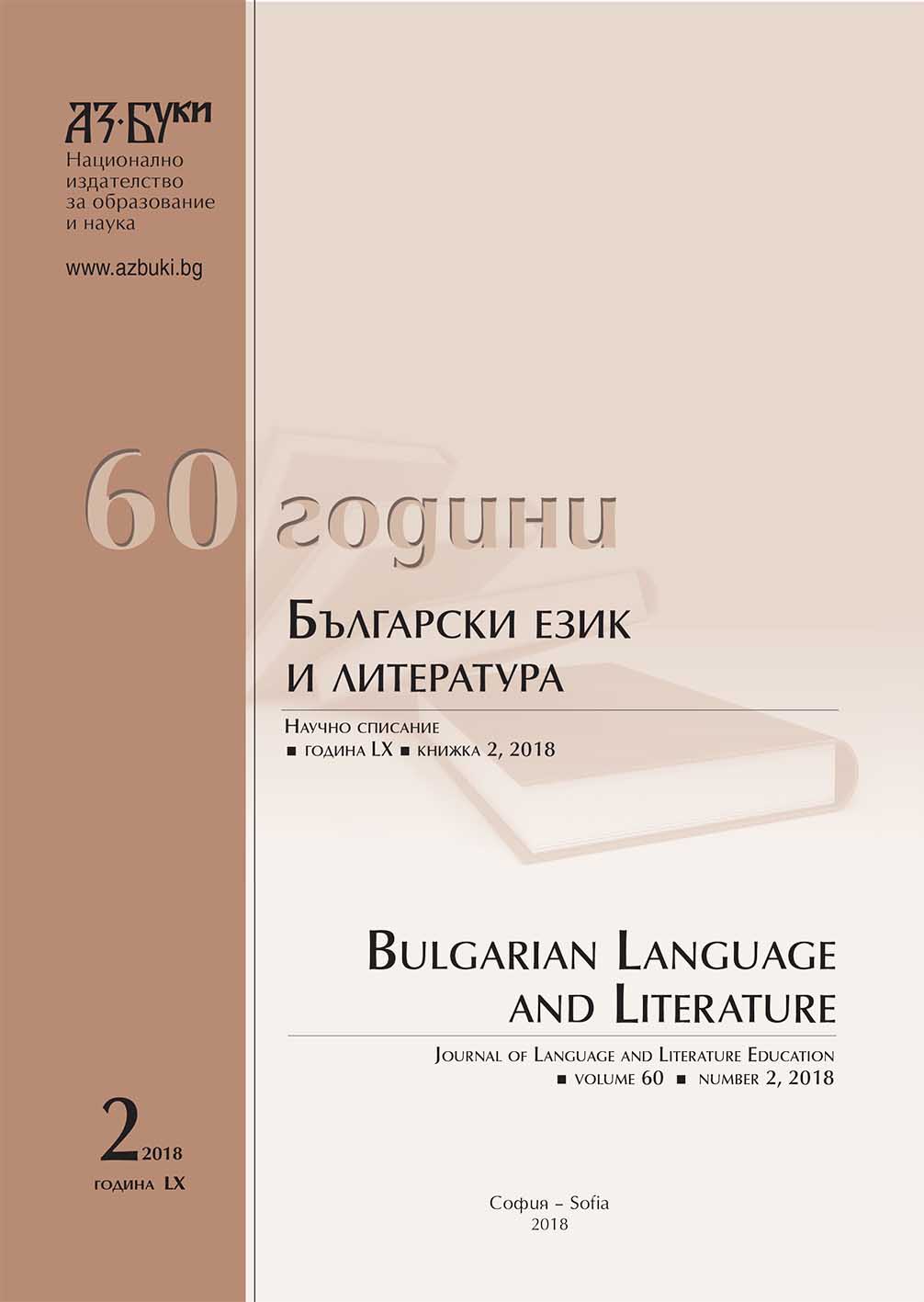Съвместен изследователски проект на ученици, учители и учени от БАН на тема „Тихонравовият дамаскин и историята на българската книжнина и език
Joint Research Project of Students, Teachers and Scientists on „The Tihonravov Damascene and the History of Bulgarian Literature and Language
Author(s): Borislava Hadzhiyska, Vanya Micheva, Dimitar Apostolov, Simona SimeonovaSubject(s): History, Social Sciences, Language studies, Language and Literature Studies, Education, Cultural history, Sociology, History of ideas, Local History / Microhistory, Modern Age, Bulgarian Literature, South Slavic Languages, School education, Vocational Education, Higher Education , History of Education, State/Government and Education, Social development, Family and social welfare, Sociology of the arts, business, education, 17th Century, Social Norms / Social Control, Translation Studies, Inclusive Education / Inclusion, Identity of Collectives
Published by: Национално издателство за образование и наука „Аз-буки“
Keywords: Bulgarian literary language; new Bulgarian damascenes
Summary/Abstract: The new Bulgarian damascenes are important moment of the development of the literary Bulgarian language. The use of vernacular in the damascenes restores the relation between literary and spoken language and incorporates the living Bulgarian language enriched with literary vocabulary and means of expression. Thus, Bulgarian literature becomes part of the pan-European trend for democratization of written languages. The goal of this paper is to perform a comparative analysis of the 6th commandment from the enlightening speech on the Ten commandments from the Tihonravov damascene with part of the introduction from Slavonic Bulgarian History from Paisius of Hilendar. The analysis aims to track the diverse developments of the literary Bulgarian language. The study is based on comparing morphological and lexical particularities. The results indicate that the language of the Tihonravov damascene comes very close to the vernacular of the period and the present day vernacular, which confirms the hypothesis that the words used in the new Bulgarian damascenes are also the foundation for the new Bulgarian literary language.
Journal: Български език и литература
- Issue Year: 60/2018
- Issue No: 2
- Page Range: 248-265
- Page Count: 18
- Language: Bulgarian
- Content File-PDF

